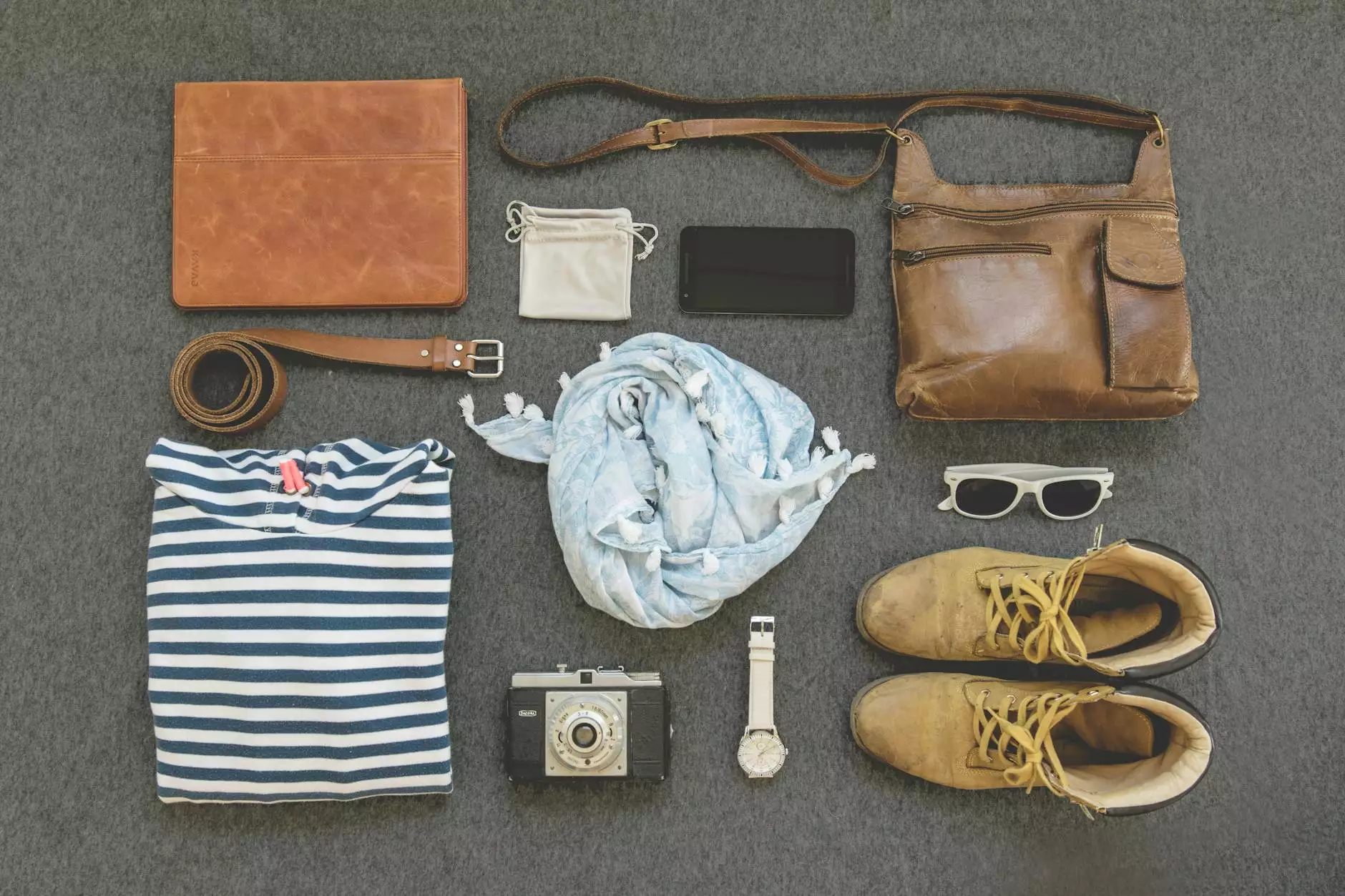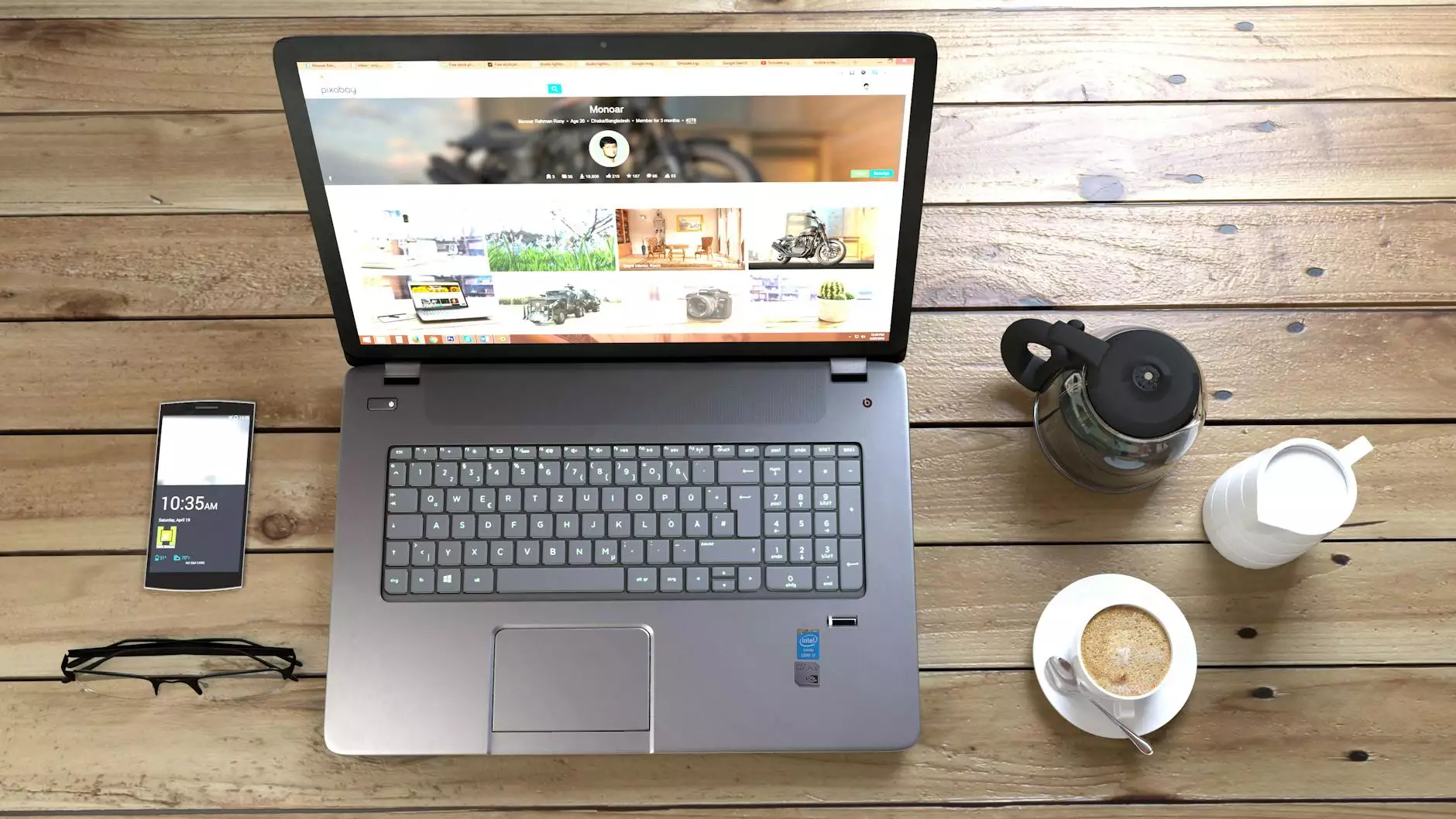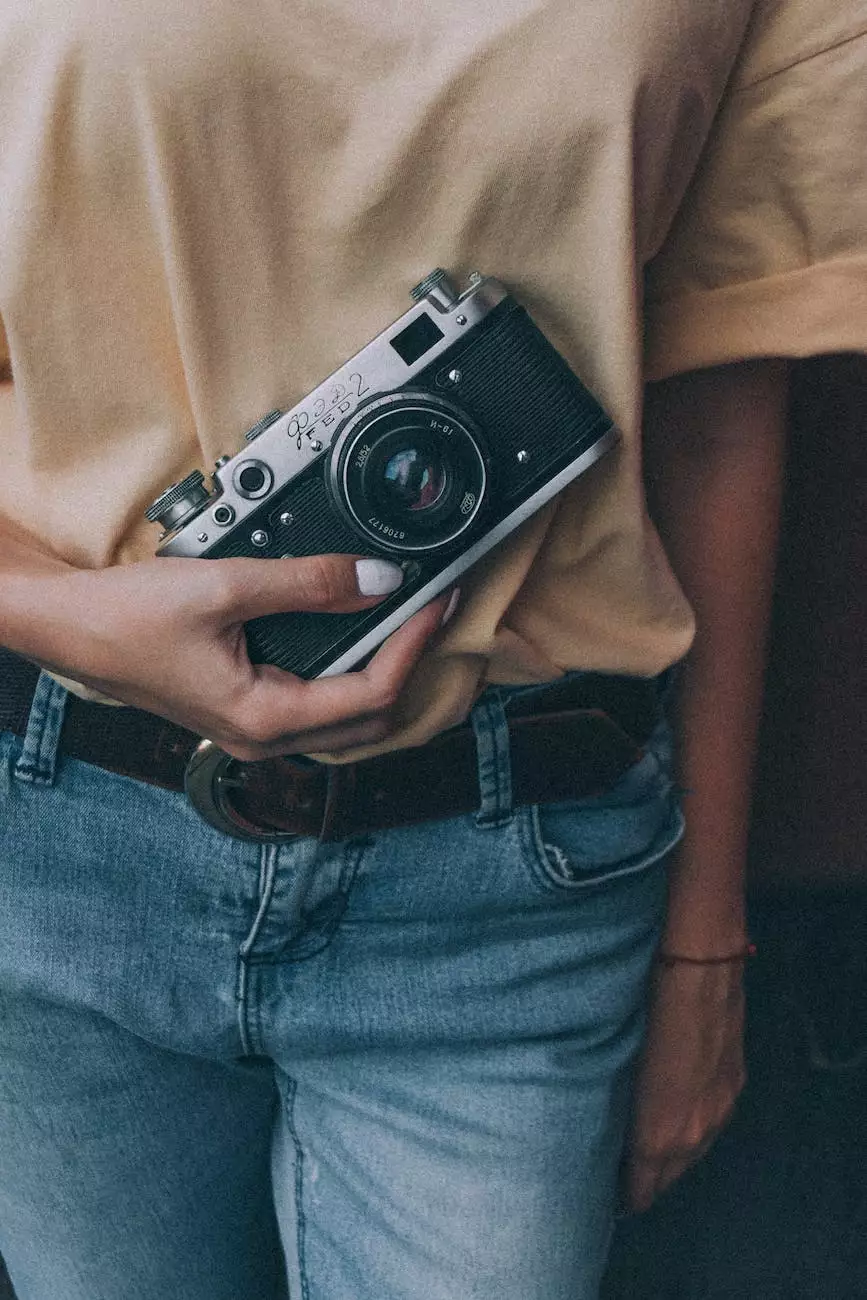What Makes a Good Smartphone Camera? Infographic

Introduction
Welcome to Roxanne Weber, VOA's comprehensive guide on what makes a good smartphone camera. In today's fast-paced world, having a smartphone with a top-notch camera has become a necessity for many individuals. Whether you're an amateur photographer, a social media enthusiast, or simply someone who loves capturing beautiful moments, having a smartphone camera that can deliver stunning photos is crucial. In this guide, we will explore the key factors and features that you should consider when choosing a smartphone with a high-quality camera.
1. Megapixel Count
One of the most significant factors to consider is the megapixel count of a smartphone camera. Megapixels determine the resolution and level of detail that a camera can capture. While higher megapixel counts may seem better, it's important to note that more megapixels do not always guarantee better image quality. Other factors, such as sensor size and pixel size, also play a vital role in determining image quality. Therefore, it's essential to strike a balance between megapixel count and overall camera performance.
2. Sensor Size
The sensor size of a smartphone camera has a direct impact on image quality, especially in low-light conditions. A larger sensor captures more light, resulting in better image quality with less noise and improved dynamic range. Smartphone cameras with larger sensors can produce stunning shots even in challenging lighting situations. Therefore, when choosing a smartphone camera, consider opting for models with larger sensor sizes for enhanced photography experiences.
3. Optical Image Stabilization (OIS)
Optical Image Stabilization (OIS) is a feature that compensates for hand movements during photo and video capture. OIS helps in minimizing blurring and producing sharper images and videos, especially in situations where the camera is not perfectly stable. Whether it's capturing fast-moving subjects or shooting in low-light conditions without a tripod, OIS can significantly improve the overall image quality. Look for smartphones that offer OIS for more professional-grade results.
4. Aperture Size
The aperture size of a smartphone camera lens affects the amount of light entering the camera and the depth of field of your photos. A wider aperture allows more light to enter, enabling better low-light performance and creating a pleasing background blur effect commonly known as bokeh. A smartphone camera with a wider aperture can produce stunning portraits and capture low-light scenes with impressive clarity. So, when considering a smartphone camera, pay attention to the aperture size for better overall image quality.
5. Image Processing and AI Technology
The image processing capabilities and AI technology integrated into smartphone cameras have greatly improved over the years. Advanced image processing algorithms enhance the overall image quality by optimizing colors, reducing noise, and improving dynamic range. AI technology, on the other hand, helps in scene recognition, auto-focus, and advanced features like night mode. When comparing smartphone cameras, explore the image processing capabilities and AI features that can enhance your photography experience.
6. Additional Features
Alongside the key factors mentioned above, there are several additional features that can further enhance your smartphone photography experience. These features include:
- Zoom capabilities: The ability to zoom in without significant loss of image quality.
- Manual controls: The flexibility to manually adjust settings such as ISO, shutter speed, and white balance.
- RAW image support: The option to capture uncompressed, high-quality images that allow for greater post-processing flexibility.
- Wide-angle or telephoto lenses: Different lenses offer diverse perspectives, allowing you to capture a wider field of view or zoom in closer to distant subjects.
- Slow-motion and time-lapse capabilities: Exciting features for capturing creative videos.
- Portrait mode: An advanced feature that produces beautiful background blur, simulating the effect of professional DSLR cameras.
Conclusion
As technology advances, smartphone cameras have become increasingly capable of producing stunning images that rival those captured by dedicated cameras. By considering the factors mentioned in this guide, you can make an informed decision and choose a smartphone with a high-quality camera that meets your specific photography needs. Remember, it's not just about the megapixel count; factors such as sensor size, OIS, aperture size, image processing, and additional features all play a significant role in determining what makes a good smartphone camera. So, go ahead and explore the wide range of options available, and take your mobile photography to the next level with a smartphone camera that truly stands out!









